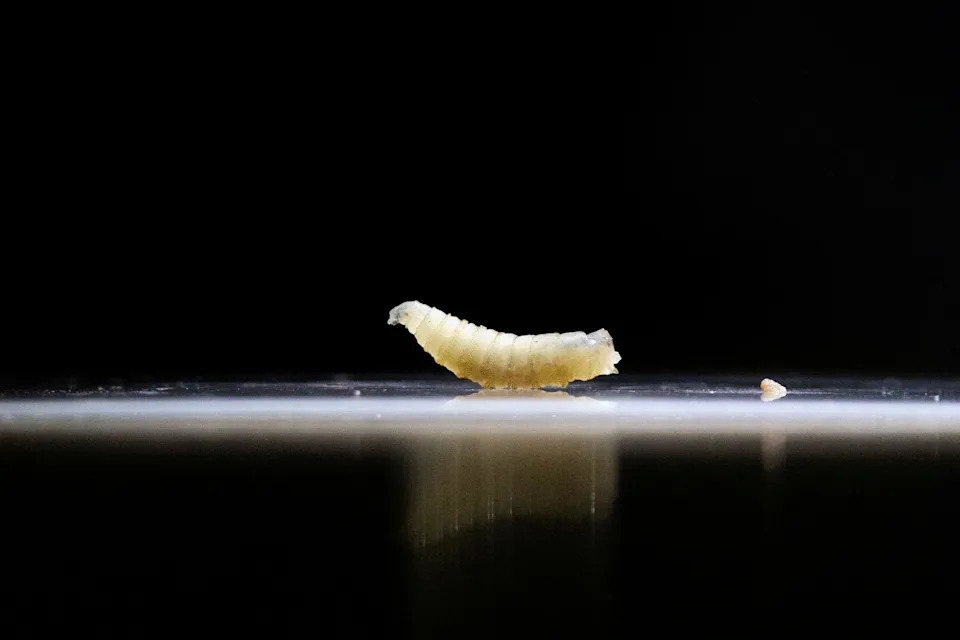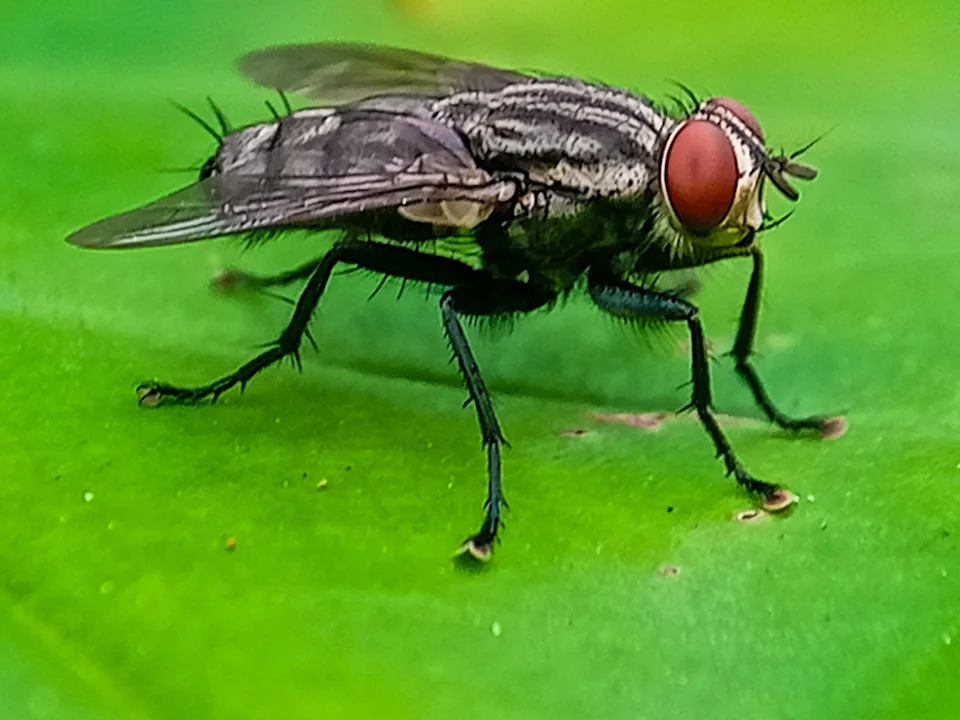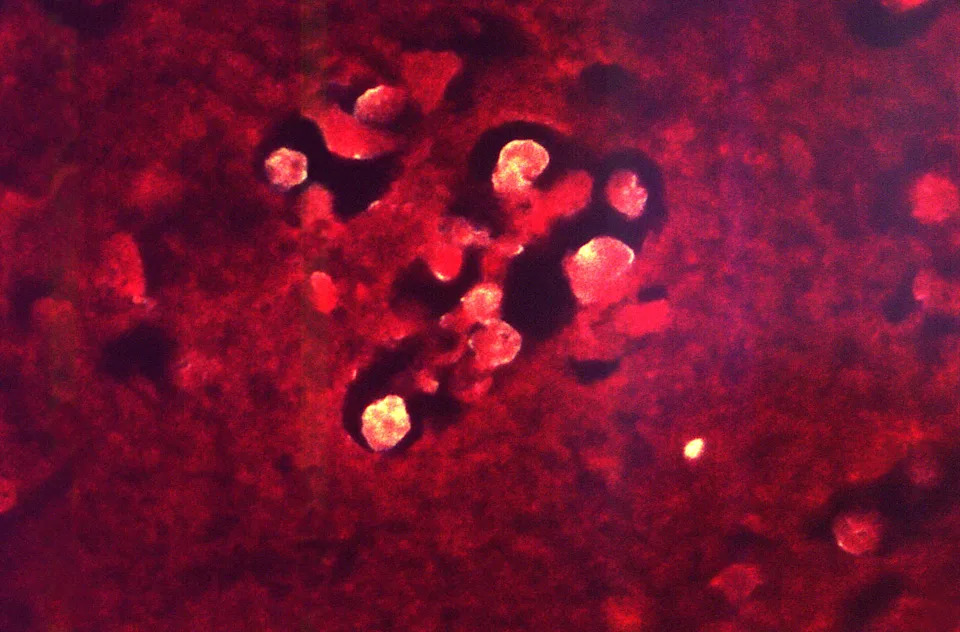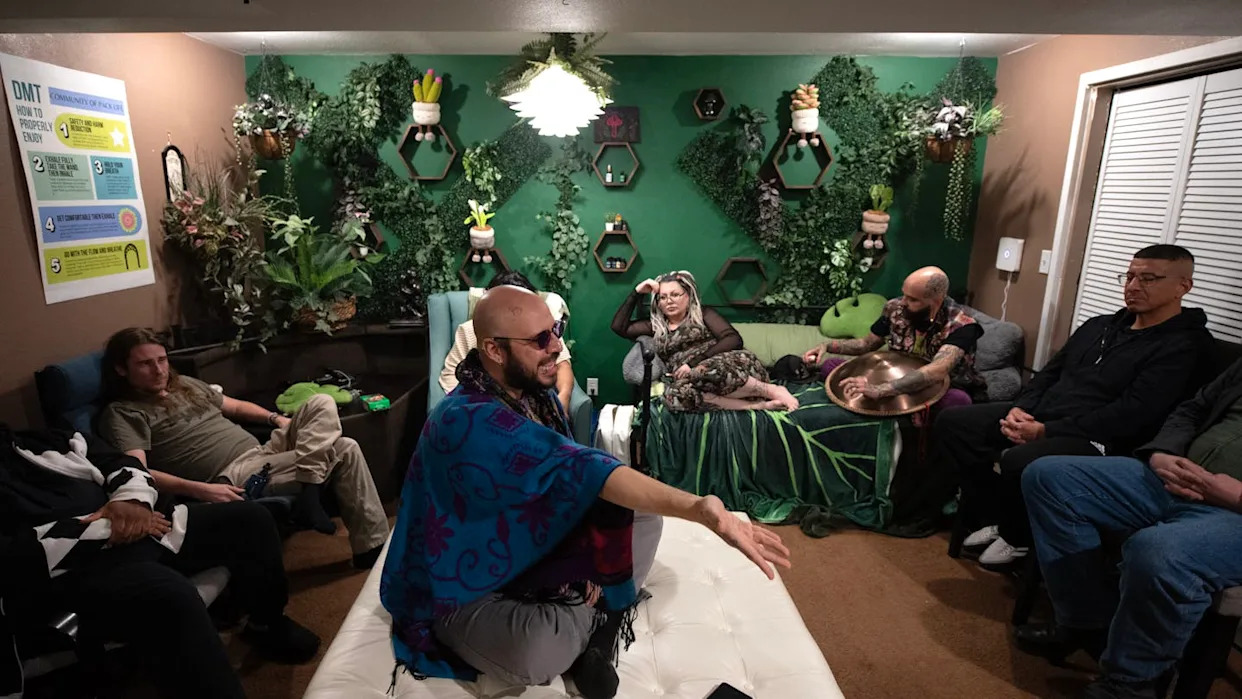A rare human case of a deadly parasite infestation has become the latest unsettling pathogen to make headlines in the United States.
A New World Screwworm case was confirmed by the Centers for Disease Control and Prevention in a person who had recently returned to Maryland after traveling to El Salvador, Andrew G. Nixon, a spokesperson for the U.S. Department of Health and Human Services, told Reuters in an email. The parasitic flies produce larva that feed on living tissue, typically that of animals and livestock.
"These human cases are rare," according to Max Scott, a professor at North Carolina State University who works on measures to control pests including screwworms. "I mean, it's not unexpected, but still, it's a pretty rare event."
Though screwworms have been making their way northward from Central America and raising alarms in the U.S. cattle industry, Scott said it's unlikely a traveler would pass the parasites onto other animals - human or livestock.
But screwworms aren't the only dangerous pathogens sickening Americans this summer. Two waterborne pathogens have been on the rise in recent years as climate change warms our waters, according to the CDC. Here's what to know:

New World Screwworm
The New World Screwworm is a parasitic fly whose maggots feed on the living flesh of an animal by burrowing, or screwing, into an open wound, according to the Animal and Plant Health Inspection Service.
Screwworm infestations caused massive losses in the cattle industry before the insect was officially eradicated in the United States in the 1960s. The federal government is currently working to stop the flies from breaching our borders after screwworm infestations recently appeared in Mexico and Central America.

If the problem goes untreated among cattle, the mortality rate of the infestation can be high, Scott said. But he said because people typically seek treatment quickly and the parasites don't spread directly from animal to animal, travelers aren't likely to cause the infestation to spread in the United States.
"For a traveler, to pass it on, they would have to be somehow not aware they've got these maggots, which would be hard to believe," Scott said.
Vibrio vulnificus
Vibrio are bacteria that live in salt water and brackish water. About a dozen species of Vibrio, including Vibrio vulnificus, can cause severe and life-threatening infections.
An average of 150 to 200 Vibrio vulnificus cases are reported each year to the Centers for Disease Control and Prevention (CDC), most of them in Gulf Coast states. People can contract the bacteria by ingesting contaminated seafood or water or through an open wound.
The bacteria does not technically eat tissue like screwworms do. They're often called "flesh-eating" bacteria because some infections can lead to necrotizing fasciitis, which causes the flesh around an open wound to die.
Vibrio vulnificus has killed at least five people and sickened 20 others in Florida so far this year, according to the state's health department. And the Massachusetts Department of Public Health has also warned residents and visitors in Buzzards Bay, a community on the south end of Cape Cod, that officials identified a person with a Vibrio infection in the area.
Ways to stay safe include:
Covering any open wound, including from recent surgeries, piercings, tattoos, cuts or scrapes, with a waterproof bandage or not wading, swimming or fishing in coastal waters
Covering any such wounds when handling raw seafood, including drippings and juices
Washing hands and surfaces thoroughly when cooking with raw seafood
Thoroughly cooking any seafood if you are at increased risk for serious illness
Immediately and thoroughly washing wounds and cuts with soap and clean, running water after exposure to coastal water
Wearing clean clothes to protect yourself while in the water if you're among those who might be more vulnerable to illness
Aug. 27: Florida is now up to 20 cases of vibrio vulnificus. See how that compares to recent years
Naegleria fowleri
Naegleria fowleri are a kind of amoeba found in warm freshwater around the world which can travel up the nose and into the brain. It can live in lakes, rivers and hot springs as well as poorly maintained swimming pools, splash pads and tap water, according to the CDC.
The amoeba is often referred to as "brain-eating" because it can cause a deadly infection called Primary Amebic Meningoencephalitis that destroys brain tissue. Of 154 people known to be infected in the U.S. between 1962 and 2021, only four have survived, according to the CDC.

A Missouri resident died in August after contracting the deadly infection, officials announced. Preliminary information indicates the patient was water skiing at the Lake of the Ozarks days prior to becoming ill.
The fatal case in Missouri follows the deaths of a 12-year-old boy who got sick after swimming in a South Carolina lake and a 71-year-old woman in Texas who contracted the infection by using tap water to clear out her sinuses.
Most people who have been in bodies of waters have been exposed to the amoeba, but contact alone is not harmful, Dr. Anna Kathryn Burch, a pediatric infectious disease specialist at Prisma Health Children's Hospital Midlands, said during a news conference on July 22.
"Where it can cause an issue is if forceful water gets up the nose and is able to cross from the nose into the brain," Burch said, adding that a PAM infection causes the brain to swell.
To protect against a possible infection, the CDC recommends holding or wearing a nose clip when jumping into fresh water, keeping the head above water in hot springs and using distilled or boiled tap water when rinsing sinuses.
Contributing: Fernando Cervantes Jr., Melina Khan, Christopher Cann, Phaedra Trethan Elizabeth Weise and Janet Loehrke
This article originally appeared on USA TODAY: A flesh-eating maggot? Terrifying pathogens are sickening Americans.






Comments